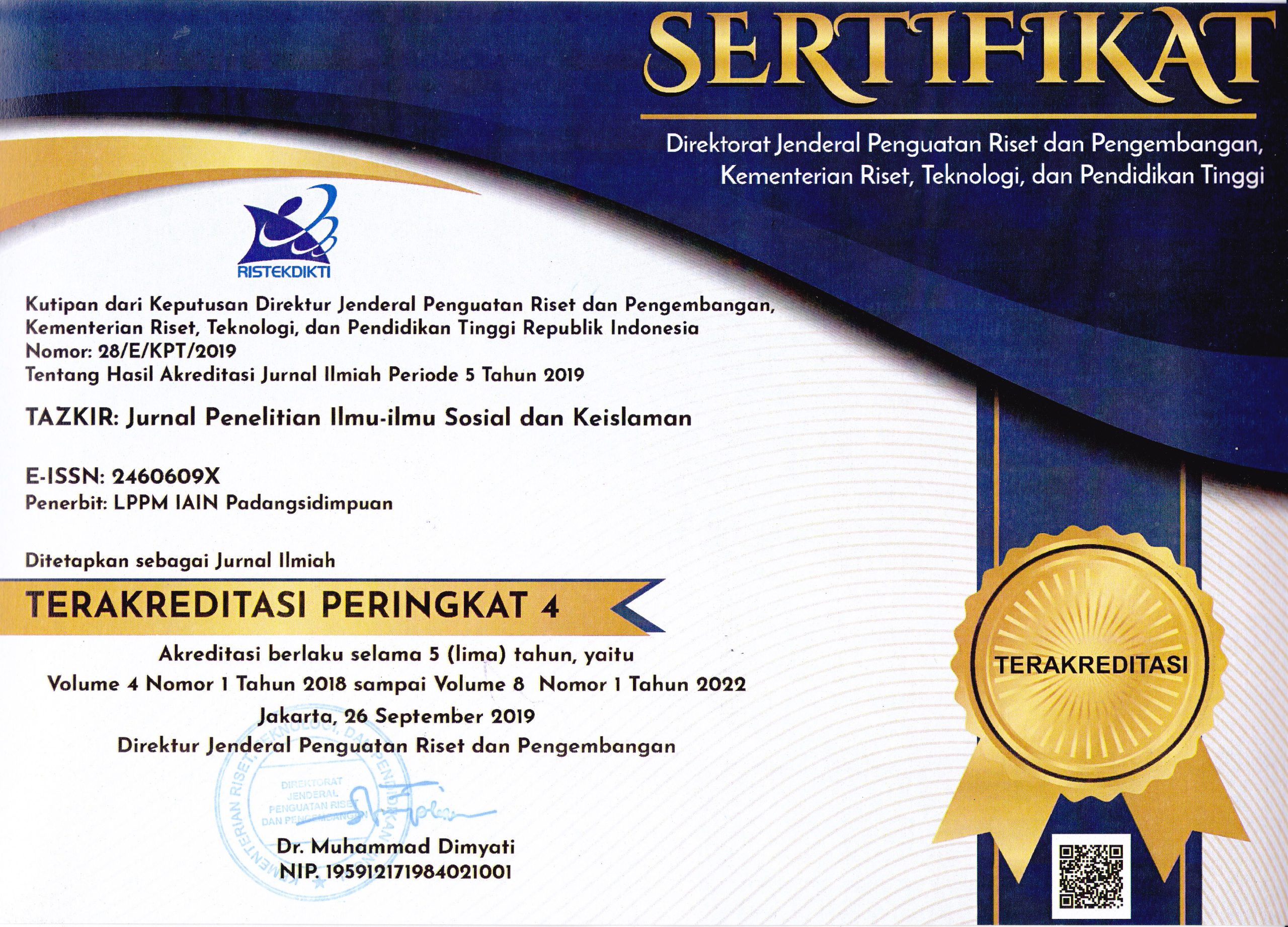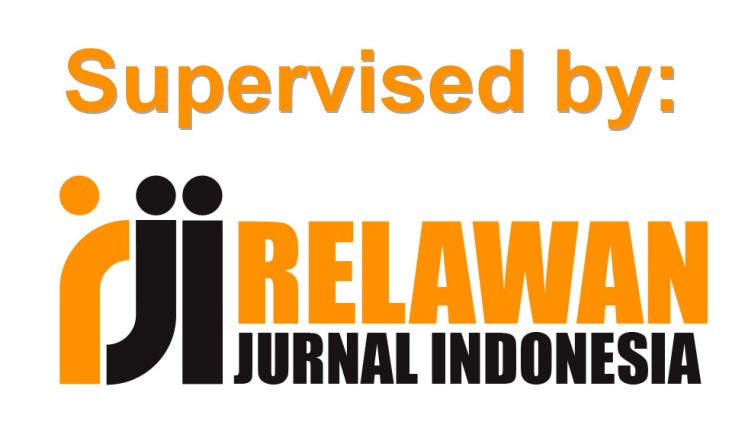THE MISUNDERSTOOD PERCEPTION IN PRONOUNCING ENGLISH WORDS
Abstract
Psycholinguistics sides of a language seems to be interesting to be investigated. Thus, this research was aimed at knowing “How students’ misunderstood perception in pronouncing English words”. Research method is being used in this research is quantitative method. Afterwards this research is described in systematic, factual and accurate about facts or certain object characteristic. This research is executed for 3 weeks: April 28-May 11 2016. The research was conducted at State Islamic University of Sultan Syarif Kasim Riau. The population of the research was all of the students in English Education Department VI I Class with the total number of 25. Then, in determining the sample the researchers took 10 people by using random sampling. The total number of the sample was 10 students. The instrument used was a questionnaire to measure the students’ perception in pronouncing English words that consists of ten questions. The main findings show that most of students have misunderstanding about meaning in English communication.
Keywords
Full Text:
PDFReferences
Ak, S. 2012. Pronunciation Awareness Training As An Aid To Developing Efl Learners’ Listening Comprehension Skills. Bilken University.
Brown, Gillian. 1995. Speakers, Listeners and Communication, Cambridge: Cambridge
University Press.
Cohen, L., Manion, L., & Morrison, K. 2007. Research Methods in Education. Education (sixth., Vol. 55). London and New York: Routledge Taylor & Francis Group.
Creswell, J. 2012. Educational Research Planning, Conducting and Evaluating Quantitative and Qualitative Research. (P. Smith, Ed.) (fourth edi.). Boston: Pearsin Education, Inc.
Dascal, Marcelo. 1985. “The Relevance of Misunderstanding”, in Marcelo Dascal, ed.
Dialogue: An Interdisciplinary Approach, Amsterdam: John Benjamins.
Dascal, M. 1999. “Introduction: Some questions about misunderstanding.” Journal of Pragmatics.
Harmer, J. 2000. The Practice of English language Teaching. London: Longman Group Ltd.
Hinnenkamp, V. 2003. Mixed Language Varieties of Migrant Adolescents and the Discourse of Hybridity, Journal of Multilingual and Multicultural Development.
Hornby, A.S. 1995. Oxford Advanced Learners Dictionary. Oxford: Oxford University Press.
Kenworthy, J. 1987. Teaching English pronunciation. London: Longman.
Lizawati. 2011. The Correlation Between Pronunciation Mastery and Speaking ability at the second year students of Islamic Boarding Senior high School Ittihadul Muslimin Koto Gasib Siak Sri Indrapura. State Islamic University of Sultan Syarif Kasim, Pekanbaru: unpublished
Nation, I. S. P., & Newton, J. 2009. Teaching ESL/EFL listening and speaking (First.). New York: Routledge, Taylor & Francis.
Ramelan. 1985. English Phonetics. Semarang: IKIP Semarang Press.
Schegloff, Emanuel A., 1987. Some sources of misunderstanding in talk-in-interaction. Linguistics.
Thomas, W. P. and Collier, V. P. 2000. A National Study of School Effectiveness for Language Minority Students’Long-term Academic Achievement. Santa Cruz, CA. Centre for Research on Education, Diversity & Excellence (CREDE).
Tzanne, Angeliki. 2000. Talking at Cross-Purposes. Amsterdam: John Benjamins
Publishing Company.
Weigand, Edda, 1999. Misunderstanding: The standard case. Journal of Pragmatics.
Weizman, Elda, 1999. Building True Understanding via Apparent Miscommunication: A Case Study. Journal of Pragmatics.
Wong, J. 2000. Delayed next turn repair initiation in native/non-native speaker English conversation. Applied Linguistics.
DOI: https://doi.org/10.24952/tazkir.v2i1.406
Refbacks
- There are currently no refbacks.
Copyright (c) 2016 LPPM IAIN Padangsidimpuan

This work is licensed under a Creative Commons Attribution-ShareAlike 4.0 International License.
Editorial Office:
Institute for Research and Community Services; Universitas Islam Negeri Syekh Ali Hasan Ahmad Addary Padangsidimpuan.
Jl. T. Rizal Nurdin Km. 4,5 Sihitang 22733 Padangsidimpuan, Sumatera Utara, Indonesia.
Phone: (+62) 634 22080 Faximili: (+62) 634 24022
e-mail: lppm@uinsyahada.ac.id
 View My Stats
View My Stats



